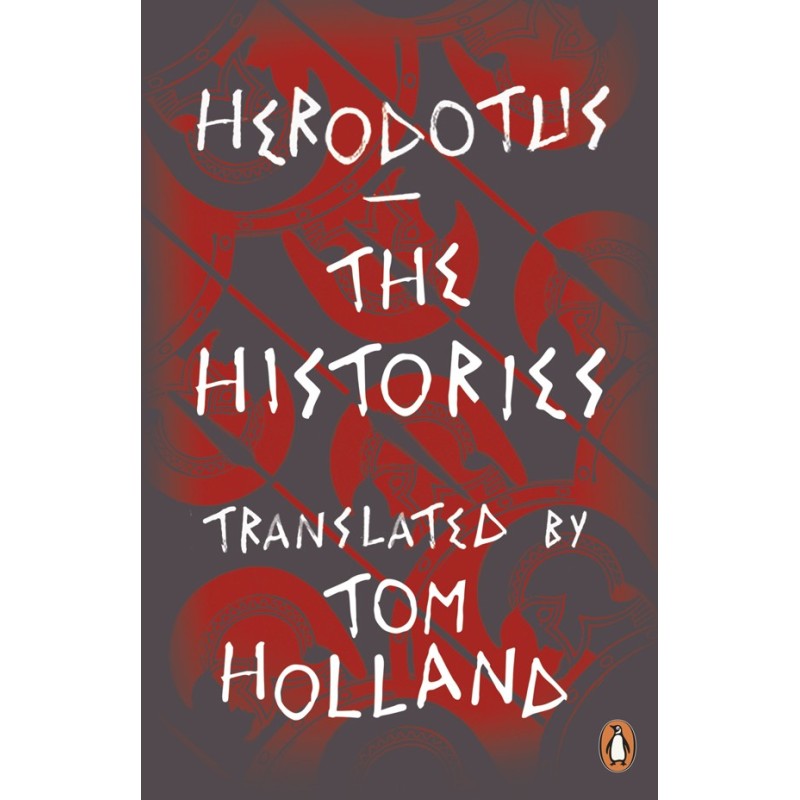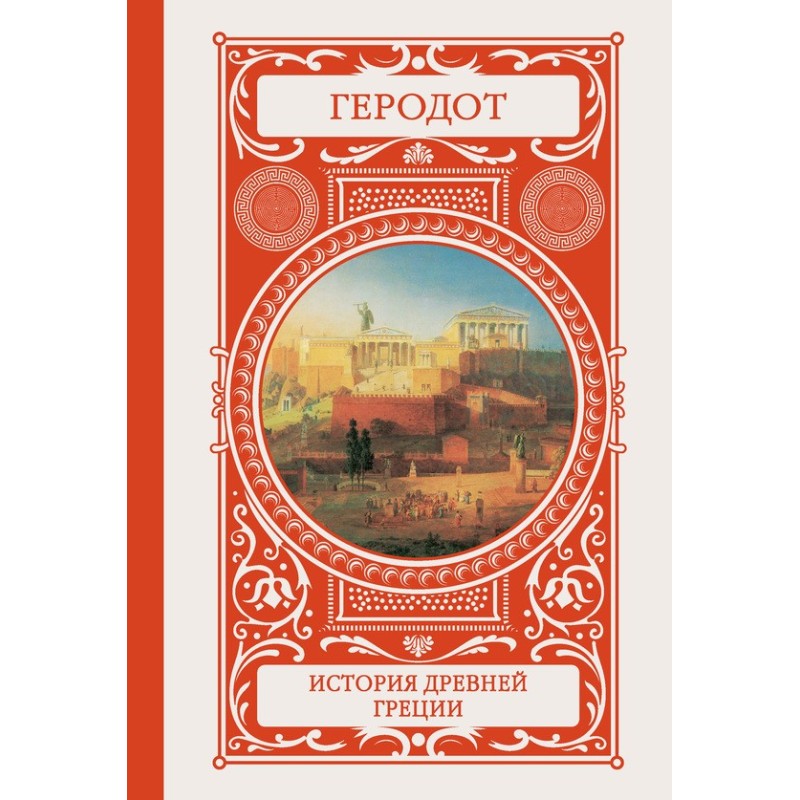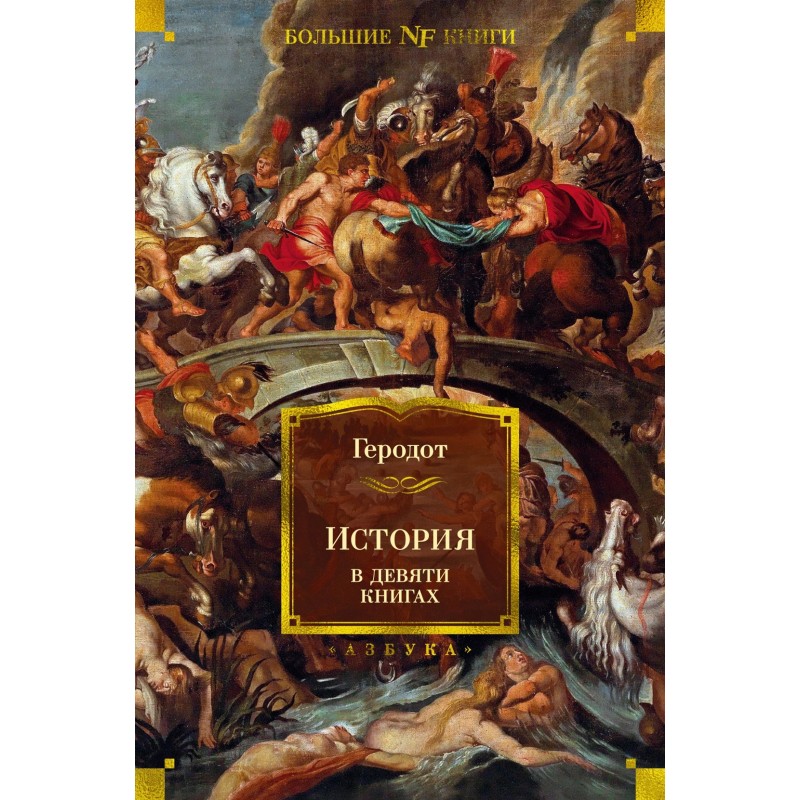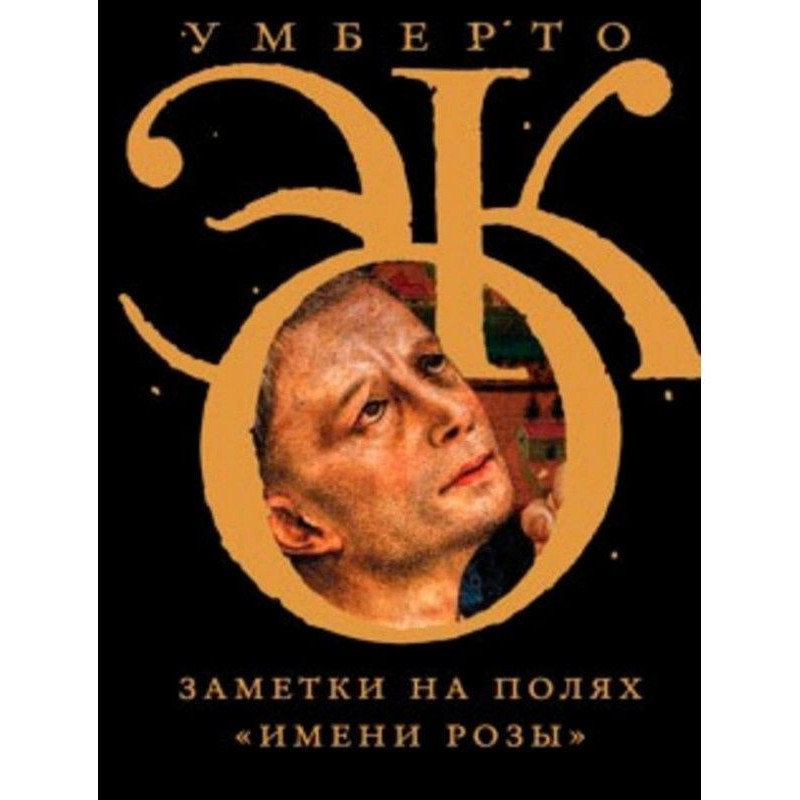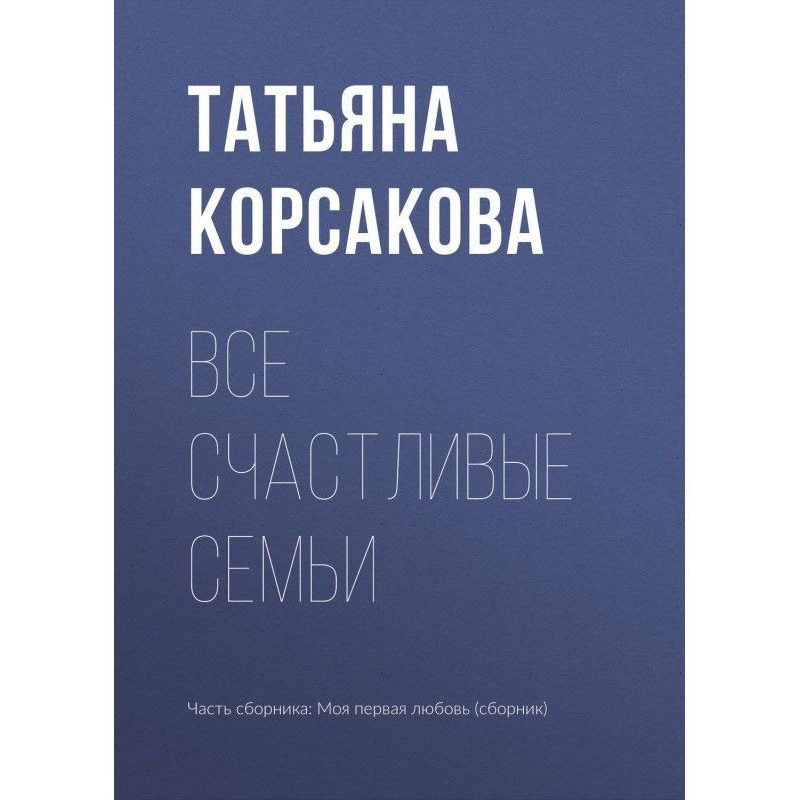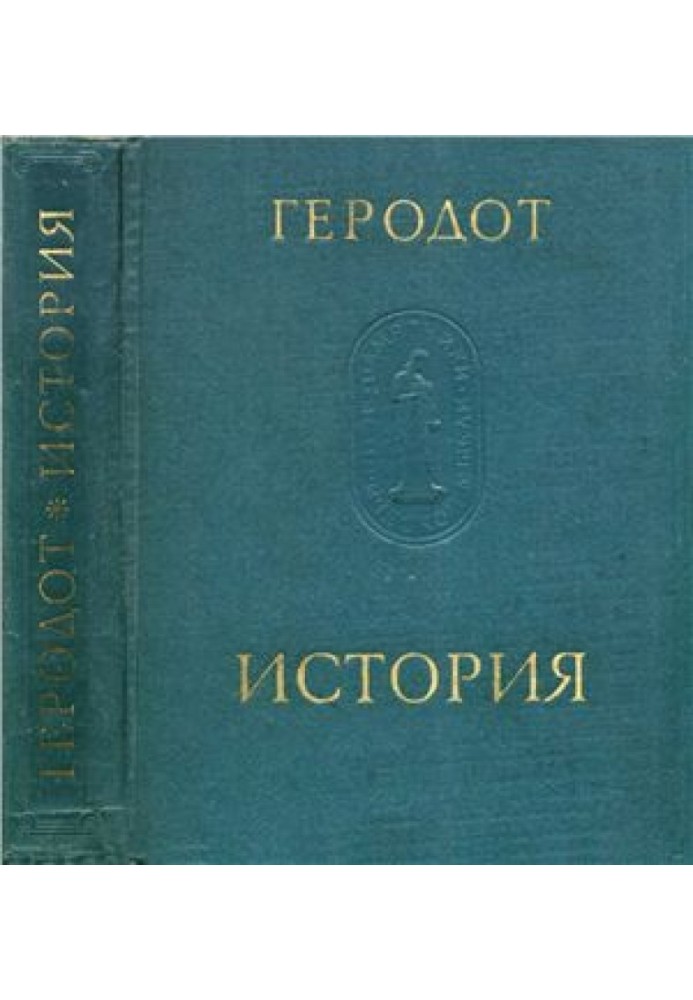Herodotus. Story
 Instant download
Instant download
after payment (24/7)
 Wide range of formats
Wide range of formats
(for all gadgets)
 Full book
Full book
(including for Apple and Android)
Already in ancient times, the work of Herodotus was considered one of the most remarkable works of historiography. Compositionally, the entire work of Herodotus is divided into two parts. The first, ending with Chapter 27 of the fifth book, sets out the history of Lydia in connection with the campaigns of Cyrus, talks in detail about Egypt, which became the object of the conquest of Cyrus's son Cambyses, and tells about the internal history of Persia in connection with the accession of Darius; Next, Darius' campaign against the Scythians is described (and therefore Scythia is described in detail). Adjacent to this part of the work are the Libyan (the Persians were going to conquer Libya) and the Thracian logoi. The entire first part is like an extended introduction, in which ethnographic and geographical excursions predominate. Its sections are largely independent: Lydian, Egyptian, Scythian, Cyrene, Libyan and Thracian logos. The second part, which should be considered the main one, is devoted to the history of the Greco-Persian wars. It breaks down into three sections. The first sets out the events of the Ionian uprising, the second tells about the campaign of Darius, the third contains the history of the campaign of Xerxes. CONTENTS: From the editorial board (5). HISTORY. In nine booksBook one. Clio (11). Book two. Euterpe (80). Book three. Thalia (138).Book four. Melpomene (187). Book five. Terpsichore (239). Book six. Erato (275). Book seven. Polyhymnia (313). Book eight. Urania (378). Book nine. Calliope (417).APPLICATIONSScientific and literary significance of the work of Herodotus. V.G. Borukhovich (457). From the translator (500). Notes. G.A. Stratanovsky (501). List of abbreviations (546). Ancient measures (546). Index of proper names, geographical names and ethnic groups (547).
Data sheet
- Name of the Author
- Геродот
- Language
- Russian
- Translator
- Георгий Андреевич Стратановский
Reviews
Велична спадщина античності
Книга "Історія" Геродота - це не лише історичний документ, а й справжній шедевр літератури, який відкриває перед читачем двері в давній світ. Геродот, вважаючи себе "батьком історії", майстерно поєднує факти з етнографічними та географічними спостереженнями, що робить його твір унікальним. Перша частина книги, присвячена історії Лідії, Єгипту та Персії, захоплює своєю деталізацією та глибиною аналізу. Читач може відчути атмосферу тих часів, дізнатися про звичаї та традиції народів, які населяли ці землі. Друга частина, що охоплює греко-перські війни, вражає своєю динамікою та емоційністю. Геродот не лише описує події, але й намагається зрозуміти причини та наслідки, що робить його роботу актуальною навіть сьогодні. Ця книга - обов'язкове читання для всіх, хто цікавиться історією, культурою та розвитком цивілізацій. Вона надихає на роздуми про людську природу та вічні конфлікти, які, на жаль, не втрачають актуальності і в наш час.



